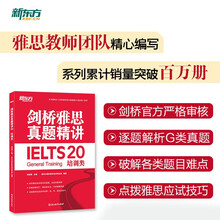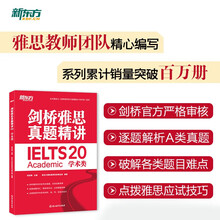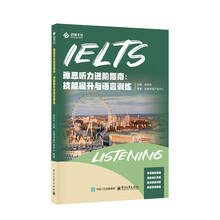第一节 一般时态
一、一般现在时的用法
一般现在时由does/do或is/am/are构成。
1.表示经常或习惯性的动作,常与often,usually,always,sometimes,today,every day,once a week,every five minutes,on Sunday等时间状语连用。如:
I leave home for school at 7 every morning.
我每天早晨7点从家离开去学校。
2.在由when,as soon as引导的时间状语从句或者是由if引导的条件状语从句中,主句用将来时,从句用现在时。如:
① When Li Ming comes I will tell you.
李明来的时候我会告诉你。
② I will e-mail you as soon as I get to Beijing.
我一到北京就会给你发邮件。
3. 表示客观事实或普遍真理。如:
The earth moves round the sun.
地球围绕太阳转。
注意:此用法如果出现在宾语从句中,即使主句是过去时,从句谓语也要用一般现在时。如:
Columbus proved that the earth is round.
哥伦布证明地球是圆的。
4. 用于格言或警句中。如:
Pride goes before a fall.
骄者必败。
5. 表示按计划、规定要发生的动作,但仅限于少数动词。包括come,go,arrive,leave,start,begin,return等。如:
① The meeting begins at seven.
会议将在7点开始。
② The train leaves at six tomorrow morning.
火车明早6点出发。
③ When does the bus start? It starts in ten minutes.
公共汽车什么时候出发?它10分钟之后出发。
6. 在倒装句中,一般现在时表示动作正在进行。如:
① Here comes the bus. = The bus is coming.
公共汽车来了。
② There goes the bell. = The bell is ringing.
铃声响了。
二、一般过去时的用法
一般过去时由did或was/were构成。
1. 在确定的过去时间里所发生的动作或存在的状态,常与ago,two hours ago,
yesterday,last Sunday,just now等时间状语连用。如:
Where did you go just now?
你刚刚去哪儿了?
2. 表示在过去一段时间内经常性或习惯性的动作,常与when引导的时间状语从句连用。如:
When I was a child, I often played football in the street.
我小的时候经常在街上踢足球。
3. 特殊句型
(1)It is time sb. Did sth.:表示“时间已迟了”,“早该……了”。如:
It is time you went to bed.
你早该睡觉了。
(2)would(had)rather sb. did sth.:表示“宁愿某人做某事”。如:
I’d rather you came tomorrow.
我宁愿你明天来。
(3)used to + 动词原形:表示“过去常常”,指过去习惯性的动作或状态,但如今已不存在。如:
He used to take a walk after dinner.
他过去常常在晚饭后散步。
4. 用过去时表示现在,表示的是委婉语气。这类动词有两类:
(1)实意动词want,hope,wonder,think,intend等。如:
① Did you want anything else?
你还想要什么吗?
② I wondered if you could help me.
我想问问你是否能帮助我。
(2)情态动词could,would。如:
Could you lend me your bike?
可以借给我你的自行车吗?
…………
展开










